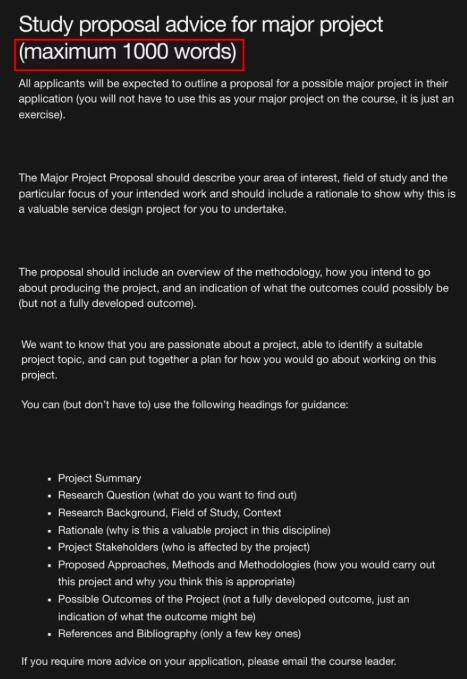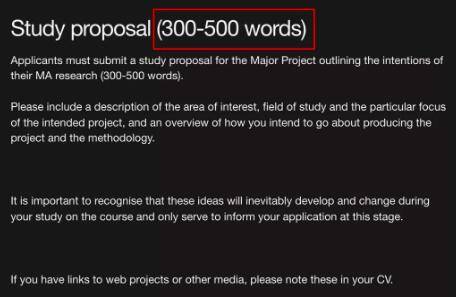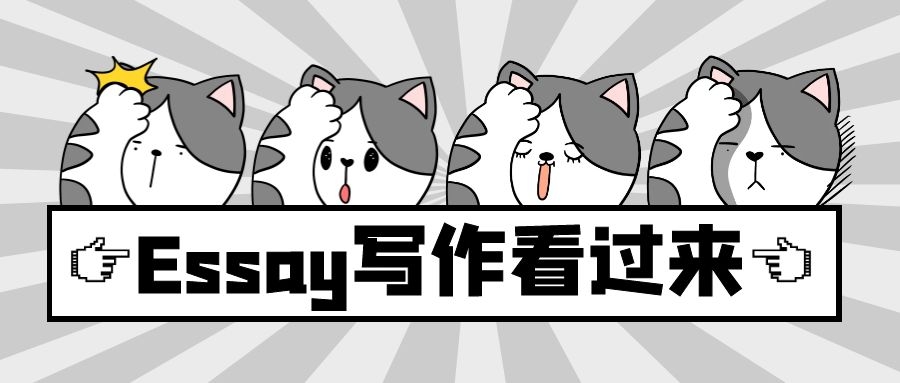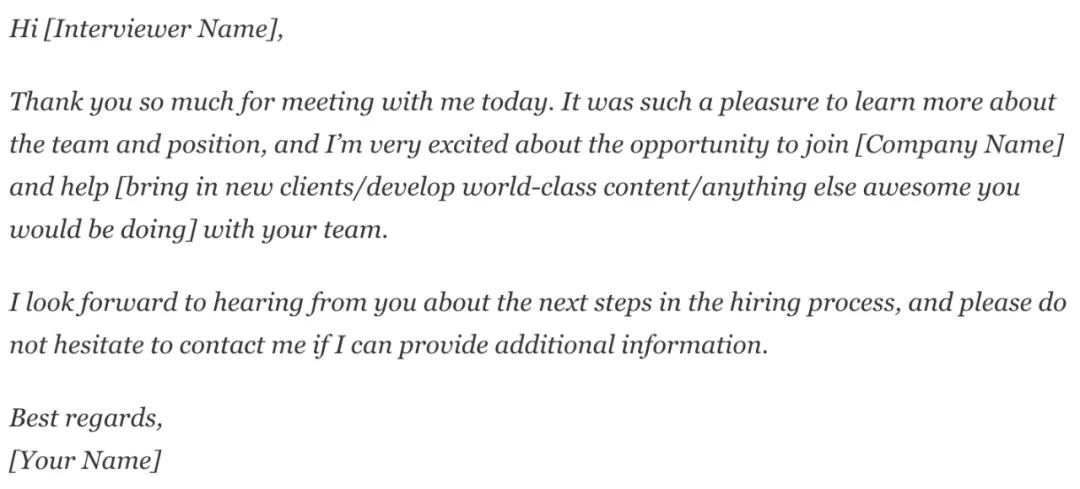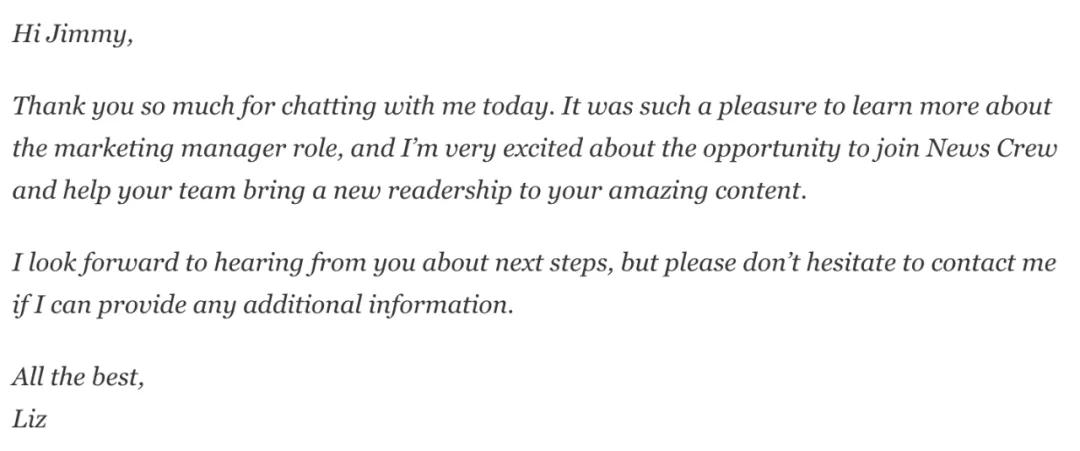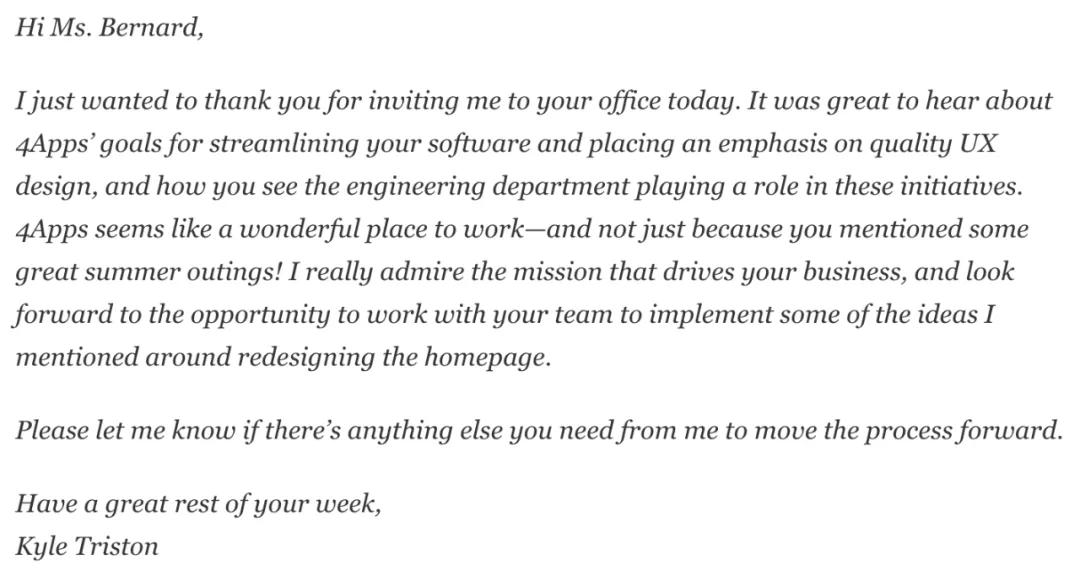留学学生写 Essay时,如果缺少一本有趣的 hook,那就很有可能在第二段开始前让老师失去阅读的兴趣。Essay Hook如何书写?这个问题很多同学都想问。一本好的 Hook对你来说是至关重要的,下面 Duewriting小编举了16个例子,教大家如何写好 Hook.所谓条条大道通罗马, hook sentences的写作方法有多种。下面是一些只提供参考的常用方法:
①引用文学作品
如果你写的是一篇有关某个人物、故事、文学现象、或书籍的文章时,引用文学作品中的句段可以使你的文章看起来耳目一新,同时树立起你作为作者的权威。
例如:“So we beat on, boats against the current, borne back ceaselessly into the past.” These words of Nick Carraway perfectly describe…”
②援引名人语录
援引权威人士的言论可以增强文章论点的说服力,给文章一个引人入胜的开头。但前提是,你需要阐明文章与引文的关系。更多留学生论文写作技巧:www.lxws.net
例如:“John Wooden once said,‘Never mistake activity for achievement.’”
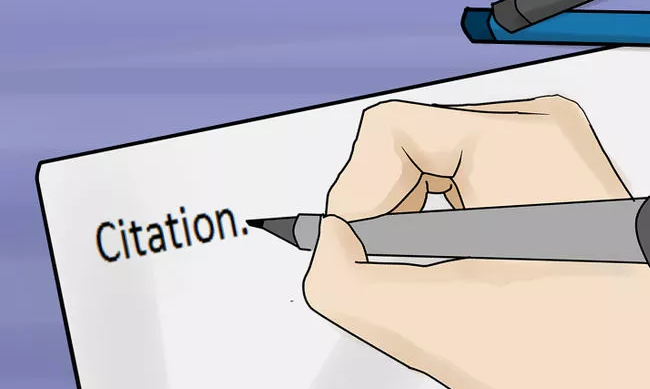
③讲述趣闻轶事
即使你的文章以一件趣闻轶事开头,也并不意味着整篇文章会有失严谨。相反,幽默可以帮助你吸引读者的注意力,激发他们对这个话题的兴趣。
例如:“As my cousin and I pedaled our new bikes to the beach, 6 years old, suntanned and young, we met an old, shaggy-haired man weaving unsteadily on a battered old bike.”
但值得注意的是,大多数论文会要求你避免使用第一人称。所以在文章中使用“I”之前,一定要弄清楚写作要求。
④提出问题
在文章的开头设计一个巧妙的问题是hook常用的一种方式。读者为了找到答案,在好奇心的趋势下会继续阅读你的文章。但所提的问题应具有一定争议,需要读者进行批判性思考,而不是简单的“yes or no”便能解答。
例如:“What would you do if you could play God for a day? That’s exactly what the leaders of the tiny island nation of Guam tried to answer.”
⑤创造画面感
详细刻画场景有助于读者在脑海中形成清晰的画面。你可以通过描述事件或人物的细节特征,为读者创造画面感,从而让他们有一种身临其境的感觉,从而牢牢抓住了读者的心。
例如:“The day of his birth began with Hurricane Charlie pounding at our door in Charleston, South Carolina.”
⑥给出有趣的事实或定义
这种类型的hook sentences目的在于通过给出一些读者不了解,或令人吃惊的事实,激发读者的好奇心。
例如:“Spain, though hardly a literary juggernaut, translates more books in one year than the entire Arab world has in the past one thousand years.”
⑦提出中心论点(Thesis)
开门见山,直切主题也是写作中常用的手法。开篇提出你的中心论点,然后在正文中提出分论点予以支撑。如果你对某个话题有独到的见解,读者会对你之所以产生这种观念的原因感兴趣,从而在正文中寻找答案。
例如:“Humans need to invest more time and money into space exploration because Earth is on a certain path to destruction.”
⑧揭示一个错误的常识
优秀的文章往往会教给读者一些新的东西思考。如果你在文章的开头指出人们在日常生活中普遍持有的错误常识,相信你的读者一定会“上钩”。
例如:“While most coffee enthusiasts would tell you that their favorite drink comes from a bean, they would be wrong. Coffee is actually made from a seed that is simply called a bean.”
⑨给出数据
在文章的开头罗列真实数据,你的文章会更有权威性和说服力,也容易赢得读者的信任。
例如:“The average iceberg weighs over 100,000 metric tons.”
16个Essay Hook写作示例:
引用文献
有没有影响你的或直接与你的故事相关的文学作品?使用它的引文,把老师连接到你的叙述。
1.Ihad felt so alone for so long,wondering why I was different,why I couldn’t benormal,when I read Kurt Vonnegut’s Player Piano for the firsttime:“I want to stay as close to the edge as I can without going over.Out onthe edge you see all kinds of things you can’t see from the center.”That wasit.
2.Iwas alone in my room reading On the Road in which Jack Kerouacwrote,“A pain stabbed my heart,as it did every time I saw a girl I loved whowas going the opposite direction in this too-big world.”I was immediatelytransported back to that heavy summer day at Penn Station,July 23,2010.
引用名人的话
一个名人在某种程度上激励了你吗?好消息是你的老师可能也认识这个人。
3.ChristopherMcCandless once said,“The joy of life comes from our encounters with newexperiences and hence there is no greater joy than to have an endlesslychanging horizon,for each day to have a new and different sun.”It was in thisspirit that I packed a small bag and left home at the age of 18.
4.AsSocrates waited for his execution,he practiced a tune on his flute.When askedwhat was the use,he replied,“To know this tune before dying.”I can’t explainmy own motivations any better.I just need to know.
轶事
不管是搞笑还是感人,从讲一个有趣的轶事开始你的文章,可以是一个很好的让你的老师提出问题的方法,让他们一直读到最后。作者总是这样做。
5.Oneday,when I was ten years old,my father woke me for school.We had cerealtogether in the kitchen.He asked if I’d brushed my teeth.He walked me to thebus stop and told me to have a good day.It was a completely normal morning,which is what really gets me,because it was the last time I ever saw him.
6.Thechildren talked about me,as they tended to do,not knowing that I couldunderstand what they were saying.“Look at his eyes and his nose.So weird.”The life of an American in China is somewhat akin to an animal in a zoo,Isuppose.
问题
如果你有更直接的风格,而不是写一个轶事来挑起老师的问题,你可以选择只给他们一个问题。同样,搜索答案可以保持他们继续读下去。
7.Theyassured me that my choice would change nothing.But,how could it not?Couldyou sit down at sixteen years old and choose between your father and yourmother,knowing the other will be devastated?
8.Youjust won the lottery.We’ve all imagined this scenario from time to time.Whatwould you buy?Where would you go?What would change?Well,what if I told youthat you didn’t need to win the lottery at all?Would you believe me?
骇人听闻的陈述
如果你想更加直接,试着绕开问题,简单地回答你的老师。现在,很显然,没有人喜欢别人告诉你该怎么想,所以这个想法是为了给老师提供一点令人震惊的陈述,激励他们去发现你是如何达到这个目的的。
9.Nothingyou learn in the first seventeen years of your life means a thing.This wascrystal clear the day I turned eighteen.
10.There is no such thing as free will.Ifit existed,I would have had a say in when,where,and to whom I was born.
有趣的事实
这里的想法是向老师展示一个他们不知道的事实。显然,由于我们讨论的是叙事性文章,所以这与你个人有关。如果执行正确,它将为您的故事添加另一层。
11.Every cell in the human body isreplaced over the course of about seven years.That means,not one part of mefrom that April day ten years ago is still with me today.
12.Write now,as you read this,you areflying through space at a speed of 67,000 mph.There have been times in my lifewhen I swear I could feel it.
场景
一篇记叙文不仅仅是把你的信息传递出去。你必须把你的老师带入故事中。你可以通过清晰地描述你的场景来达到这个目的,这样你的老师就能够设想它;一旦进入,他们就很难退出。
13.As he pounded on the door,the roomshook.I knew it would open eventually,and nothing would be the same,but Iwasn’t watching the door.I couldn’t take my eyes off the Little League trophythat was slowly moving closer and closer to the edge of my shelf.
14.There was an old water tower in myhometown that I’d climb from time to time.I’d sit dangling my feet off theedge,picking at the flaking turquoise paint,and watching the cars carry thoselucky people down that road,towards the setting sun,far away from me.
统计
统计怎么与叙事散文相关?嗯,这取决于你的故事,但它们可以帮助老师理解你去过哪里或者你要去哪里。
15.25%of anorexia and bulimia sufferersare men,so why did I feel so alone?
16.The average American consumes 77.1liters of beer per year in the United States.Then again,my father wasn’taverage.
如前所述,这不是一个完整的列表。然而,幸运的是,这些例子帮助你理解如何用一个hook开始一篇Essay写作。



